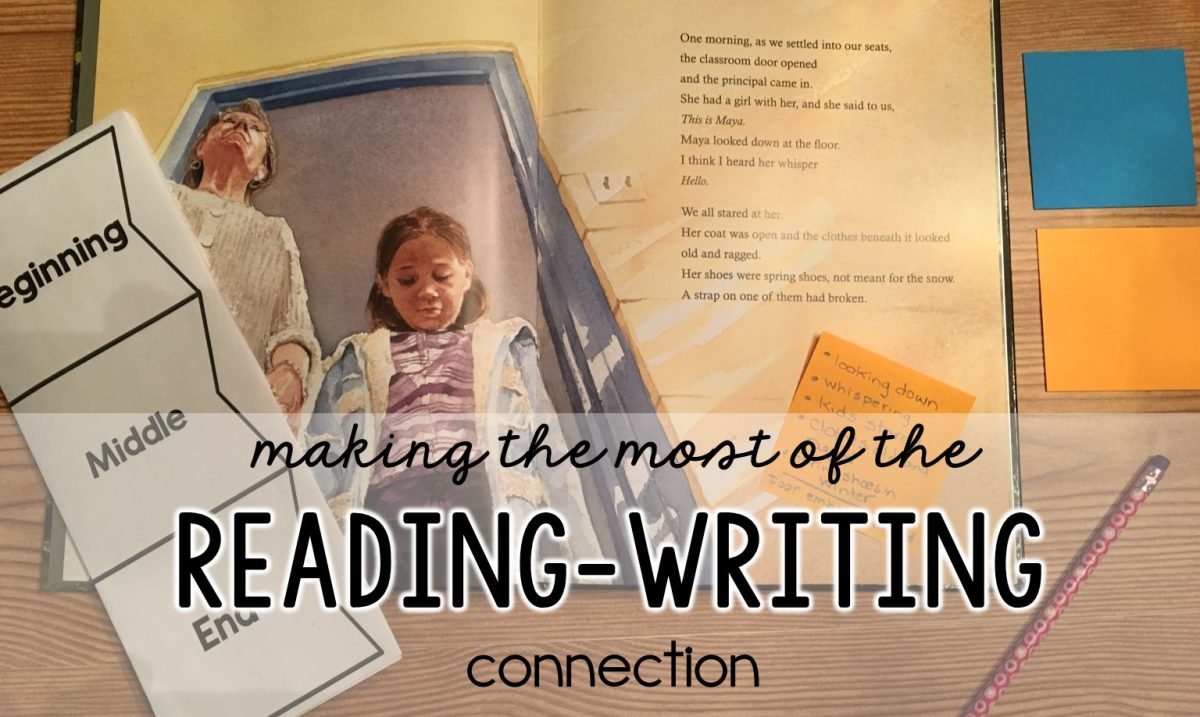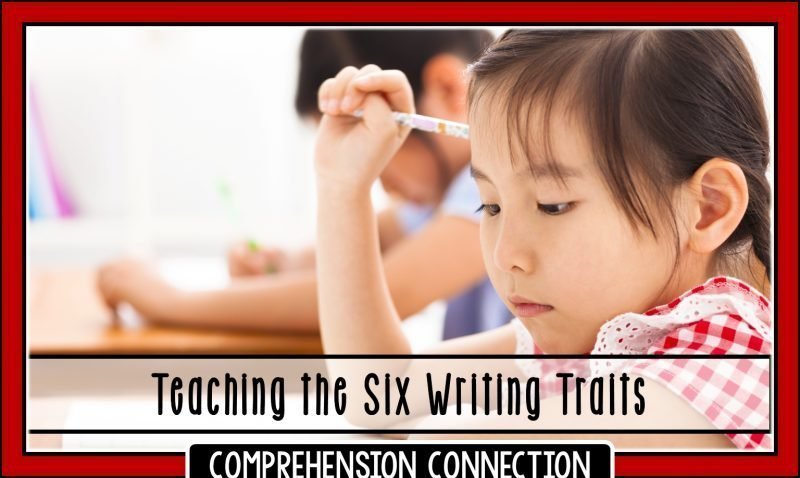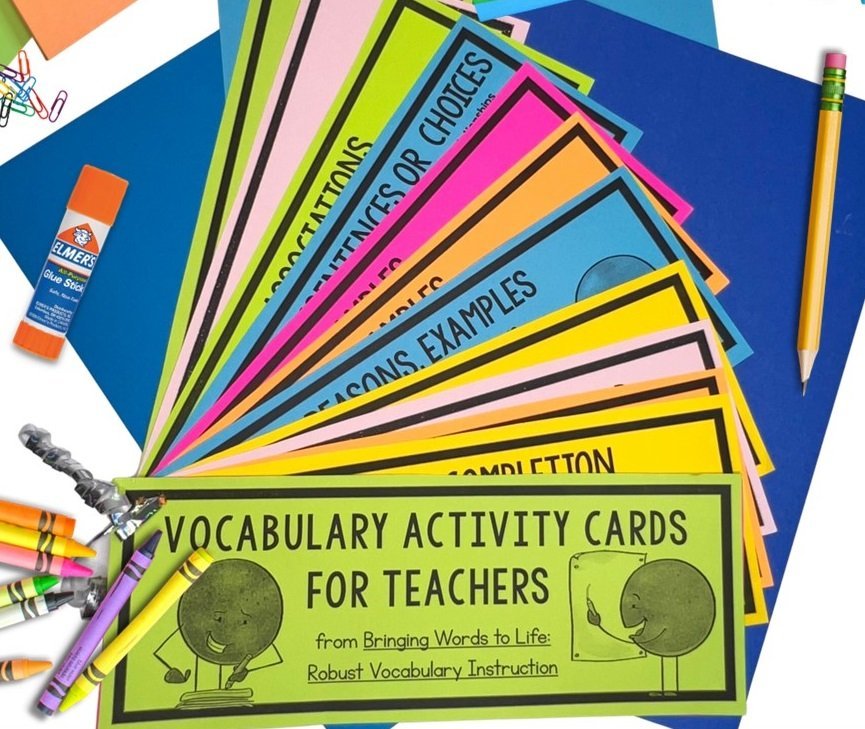
An all time classic, Alexander and the Terrible Horrible No Good Very Bad Day celebrates it’s 50th birthday this year. This timeless tale by Judith Viorst is perfect for the beginning of the school year. Think about it. When was the last time you had a bad day? The kind of bad day where nothing seemed to go right, and you felt stuck in a bad mood. Author Judith Viorst’s classic story of Alexander’s bad day creates a connection to what our students might feel on a really bad day. With it’s 50th anniversary, what better way of celebrating than using it as class book study!
The History of the Alexander stories
Judith Viorst published Alexander and the Terrible Horrible No Good Very Bad Day in 1972 and based it on the experiences of her youngest son, Alexander. She describes how Alexander was the youngest of her three boys, and how he was always trying to keep up with his older brothers. She saw that he was a a kid who seemed to have his share of bad days. She thought it would cheer him up if she wrote a story about his tough times on a bad day. All three of her children are characters in this story, Alexander, Nicky, and Tony. Viorst would go on to write several more stories featuring Alexander, including Alexander, Who Used to Be Rich Last Sunday, and Alexander, Who’s Not (Do You Hear Me? I Mean It!) Going to Move.
Ways to use Judith Viorst’s Alexander stories
Alexander and the Terrible Horrible No Good Very Bad Day gives some great examples of many skills students can practice, including identifying and describing story elements, analyzing character traits, summarizing a text, and writing in response to a text. Students can use story events and practice putting them in the correct order. They can also work on inside/outside character traits by analyzing the character’s actions and dialogue. Students can also use direct details from the story to explain what happened, and can even write about a time when they had a bad day.

This book is great for practicing so many literacy skills, but it’s also important to talk with students about how we all have bad days sometimes, just like Alexander. When we have days that feel terrible, horrible, and no good, you can always remind yourself that tomorrow is a new day to start over and make it better. The themes are perfect for morning meetings or classroom guidance lessons.
Sequencing story events:
- Alexander wakes up and can tell it’s going to be a bad day.
- Alexander doesn’t get a prize in his cereal.
- Alexander is smushed in the car on the way to school.
- Mrs. Dickens doesn’t like Alexander’s picture of an invisible castle.
- Alexander sings and counts too loud.
- Paul says that Alexander is only his third best friend.
- Everyone has dessert in their lunch except for Alexander.
- The family goes to the dentist, and Alexander is the only one with a cavity.
- Alexander gets scolded by his mom for being muddy and fighting.
- Alexander doesn’t get the shoes he wants.
- Alexander messes up his dad’s office.
- Everyone has lima beans for dinner.
- Alexander has a bad bath time
- Alexander has to wear his railroad pajamas to bed.
- Mom says some days are like that, even in Australia.
There are a LOT of events that can be ordered, but I would recommend using around 5 events for kindergartners, 5-10 for first grade, and 10-15 for second and third. Because there
are so many things that happen after dinner, students needing an extension can practice the order of events that happen after Alexander has lima beans for dinner. (kissing on tv,
bath water is too hot, railroad pajamas, night light burned out)
Guiding Questions teachers might use DURING READING:
- Anthony makes Alexander fall in the mud, and Nick calls him a crybaby. How do you think that made Alexander feel? Why?
- Why would dad say not to pick him up anymore?
- Why do you think Alexander’s mom told him that some days are like this?
- What is the main idea of Alexander and the Terrible Horrible No Good Very Bad Day?
- When did Alexander and the Terrible Horrible No Good Very Bad Day come out?
- How is Alexander like you?
- Where does Alexander and the Terrible Horrible No Good Very Bad Day take place?
Extended Response questionS AND WRITING prompts:
- Why does Alexander keep describing his day as terrible, horrible, no good, and very bad?
- What could Alexander have done differently that would change how his day went?
- What is something that makes you have a bad day?
- When you have a bad day, how do you feel? Why?
- When you’re having a bad day, what is something you could do to make it a little better?
Bonus: If you could move anywhere in the world, where would you move to? Why?
Be sure to check out my activity bundle with all kinds of extra activities about Alexander and the Terrible, Horrible, No Good, Very Bad Day to create an engaging book study for all your students! We all know how nice it is to have DONE FOR YOU activities.
read aloud of alexander and the terrible horrible no good very bad day
An interview with judith viorst
other mentor text lessons you might like:
- 5 AMAZING MENTOR TEXTS FOR TEACHING PERSEVERANCE
- MENTOR TEXTS FOR TEACHING KIDS TO MAKE PREDICTIONS
- HOW TO TEACH READING SKILLS WITH MENTOR TEXT LESSONS
- 3 EASY TO USE LESSON IDEAS FOR TWO BAD ANTS THAT WILL NOT FAIL!
- 5 SIMPLE LESSON IDEAS FEATURING BEAR SNORES ON YOUR KIDS WILL LOVE
As the new year starts, certainly it helps to have a stash of go-to titles for modeling skills and guiding discussion. Alexander is a GREAT one to include. Stay tuned for a few more great choices in the days ahead.
















